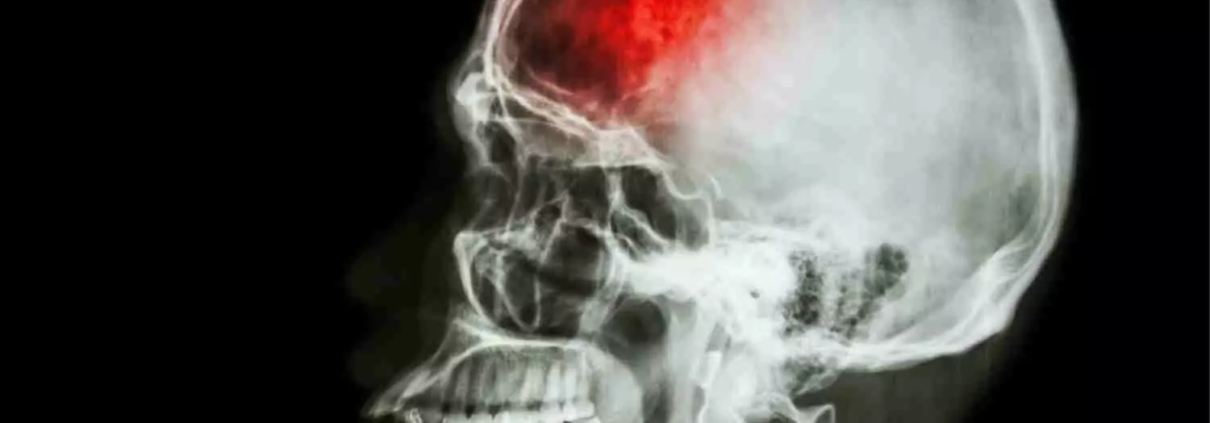TASTE trial results support use of tenecteplase for acute ischaemic stroke within 4.5 hours based on perfusion imaging

In the international TASTE trial, the intention-to- treat analysis narrowly failed to demonstrate non-inferiority of tenecteplase compared to alteplase in patients with acute ischaemic stroke within 4.5 hours of symptom onset selected by perfusion imaging. Non-inferiority was demonstrated in the per- protocol analysis, supporting the growing body of evidence for the use of tenecteplase in acute ischaemic stroke.
Over the past two years, several clinical trials have demonstrated non-inferiority of intravenous tenecteplase as compared to alteplase for acute ischaemic stroke. The Tenecteplase versus Alteplase for Stroke Thrombolysis Evaluation with Perfusion Imaging Selection within 4·5 hours of Onset (TASTE) trial, presented today at the European Stroke Organisation Conference (ESOC) 2024, lends considerable weight to this series of studies.
The trial design of TASTE differed to the prior trials, in that all patients in TASTE had modern brain imaging including measurement of salvageable tissue (‘target mismatch’) on brain perfusion imaging. TASTE was a multicentre, randomised, controlled phase III non-inferiority trial conducted in 35 hospitals in 8 countries. Patients were randomly assigned to intravenous tenecteplase (0.25mg/kg) or alteplase (0.90mg/kg). The primary outcome was the proportion of patients without disability (modified Rankin Scale 0-1) at 3-months. Safety outcomes were all-cause mortality and symptomatic intracranial haemorrhage.
The trial was stopped early following the results of previous tenecteplase trials. 680 patients were randomised. In intention-to-treat analysis, the primary outcome occurred in a numerically higher proportion of patients allocated to tenecteplase (57.0%) as compared to those allocated to alteplase (55.3%). This translated into a standardised risk difference of 0.03 (95% confidence interval: -0.033;0.10), which narrowly missed the pre-defined non- inferiority criteria of a lower boundary of -0.03. In the per-protocol analysis, non-inferiority was demonstrated and safety outcomes were comparable between groups.
Although the primary endpoint was not met, the results of TASTE are in line with those from previous trials of tenecteplase for acute ischaemic stroke. When the TASTE results are added to a meta-analysis of the previous trials tenecteplase was, for the first time, demonstrated to be superior to alteplase for excellent recovery at 3 months after stroke. This means that for every 25 patients treated with tenecteplase (rather than alteplase), one more patient will have full recovery at 3 months.
Professor Mark Parsons, the principal investigator of the trial, commented, “TASTE is the largest clinical trial ever in stroke to use modern brain perfusion imaging selection in all patients. Although there were other tenecteplase trials completed before us, we were the only phase 3 clinical trial of tenecteplase that exclusively included patients with a proven tissue target for reperfusion treatment. Thus, the TASTE results increase confidence that tenecteplase is actually a superior agent for stroke thrombolysis.”
Intravenous alteplase has been the predominant thrombolytic agent used for acute ischaemic stroke for more than two decades. Currently, the stroke community is facing a transition towards tenecteplase becoming the first choice for intravenous thrombolysis in clinical practice. The results of TASTE will further push forward this movement.
Reference:
TENECTEPLASE VERSUS ALTEPLASE FOR STROKE THROMBOLYSIS EVALUATION (TASTE): A MULTICENTRE RANDOMISED CONTROLLED PHASE III TRIAL. Presented at the European Stroke Organisation Conference; 15 May 2024; Basel, Switzerland.



